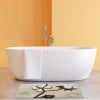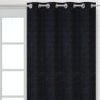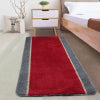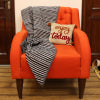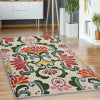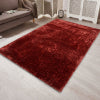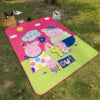The Unseen Connection: Bedding Hygiene and Your Skin & Scalp Health
Posted by AMIT KUMAR
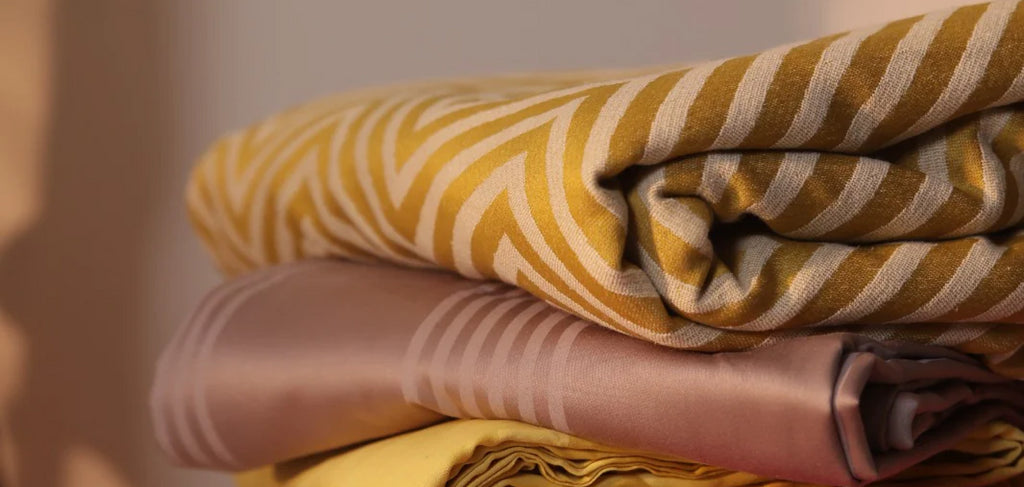
For many people, the idea of a peaceful night's sleep involves a comfortable bed, a cozy blanket, and a soft pillow. However, what most don’t realize is that the very items promising comfort might be the culprits behind some common skin and scalp issues, including acne and dandruff. Recent scientific studies have begun to shed light on the profound connection between the cleanliness of our bedding and our overall dermatological health.
Acne and Pillowcase Cleanliness
A 2016 study published in the Dermatology Journal conducted a thorough investigation on the association of pillowcase cleanliness with facial acne. With 105 participants, all of whom had acne, researchers dived into their pillowcase cleanliness habits and even cultured their pillowcases for bacteria. The findings were startling. Participants who used pillowcases that hadn’t been washed in over six months were more prone to acne. On the brighter side, those who maintained a weekly washing routine for their pillowcases seemed to have a reduced risk of acne breakouts.
This suggests that old, unwashed pillowcases can harbor bacteria, dirt, and oil, which when in contact with the face, can clog pores and lead to acne.
The Link Between Bedding Cleanliness and Dandruff
In 2014, Pediatric Dermatology unveiled a study examining the prevalence of dandruff in children and potential risk factors associated with it. Parents of 1,000 children were queried about their kids' showering and bedding washing habits. The data revealed that children who rested on bedding that wasn’t washed weekly were more susceptible to dandruff. Furthermore, the frequency of showers also played a role, with children showering less than once a day showing increased signs of dandruff.
Dandruff, caused by an overgrowth of a yeast-like fungus, can thrive in unclean environments. Dirty bedding can be a hotspot for such fungi, emphasizing the need for regular cleaning.
The Risk of Atopic Dermatitis and Allergic Sensitization
The Journal of Allergy and Clinical Immunology in 2010 highlighted a study focusing on the role of bedding in the development of atopic dermatitis (commonly known as eczema) and allergic sensitization in infants. The results indicated that infants using bedding that was not washed on a weekly basis had a higher likelihood of developing atopic dermatitis and allergic reactions.
Considering that infants have sensitive skin, the link between dirty bedding and such dermatological conditions further stresses the importance of cleanliness.
Asthma, Allergic Rhinitis, and Bedding
A 2008 study in the Allergy Journal drew a relationship between house dust mite allergen found in children's bed sheet and respiratory conditions like asthma and allergic rhinitis. The study concluded that regular bedding washing might help in reducing allergen levels, thereby curbing the risk of these conditions.
The Peril of Shared Bedding and Head Lice
Pediatrics Journal in 2006 delved into the realm of head lice transmission through bedding. The study illuminated that children sharing bedding or using pillows older than six months were at a heightened risk of contracting head lice.
Bonus Hygiene Tips:
- Wash Separately: Always wash your bedding separately from other clothes to prevent the transfer of oils, dirt, and bacteria.
- Use Hypoallergenic Detergent: For those with sensitive skin, opt for hypoallergenic laundry detergents to minimize skin irritations.
- Hot Water Wash: Occasionally wash bedding in hot water to kill mites and bacteria. Ensure your fabrics can withstand the heat by checking the care label.
- Rotate Pillows: Regularly rotate and fluff your pillows to ensure even wear and prevent the accumulation of dust mites.
- Replace Bedding Periodically: Over time, even the best-maintained bedding will accumulate allergens. Consider replacing pillows every 1-2 years and mattresses every 7-10 years.
- Avoid Liquid Spills: Moist environments foster bacterial growth. Always dry any spills on the bed promptly.
- Pet Hygiene: If you allow pets on your bed, ensure they are clean and free from pests. Regular grooming can help.
- Use Protective Covers: Invest in quality protective covers for mattresses and pillows to keep out dust mites and other allergens.
- Storage Hygiene: If you store extra bed cover, ensure the storage area is dry and free from pests. Vacuum-sealed bags can be beneficial.
- Regular Bedroom Cleaning: Beyond the bed, keep the entire bedroom clean. Dust surfaces, clean under the bed, and maintain good air circulation to prevent mold and mildew.
Final Thoughts: The Necessity of Clean Bedding
Compiling insights from these studies, it becomes abundantly clear that there's a critical link between the cleanliness of our bedding and our skin and scalp health. From acne to dandruff, from eczema to head lice, the bed where we seek comfort could be the ground zero for these concerns if not maintained properly.
For those seeking quality bedding solutions, Saral Home offers premium products that not only promise comfort but also emphasize hygiene. Starting at a pocket-friendly price of just Rs. 999, Saral Home ensures you get the best without compromising on health.
It’s time to reconsider our bedding hygiene habits. By investing in quality products, washing bedding weekly, and replacing items like pillows every six months, we can significantly reduce the risks associated with poor bedding hygiene and ensure healthier skin and scalp.


































